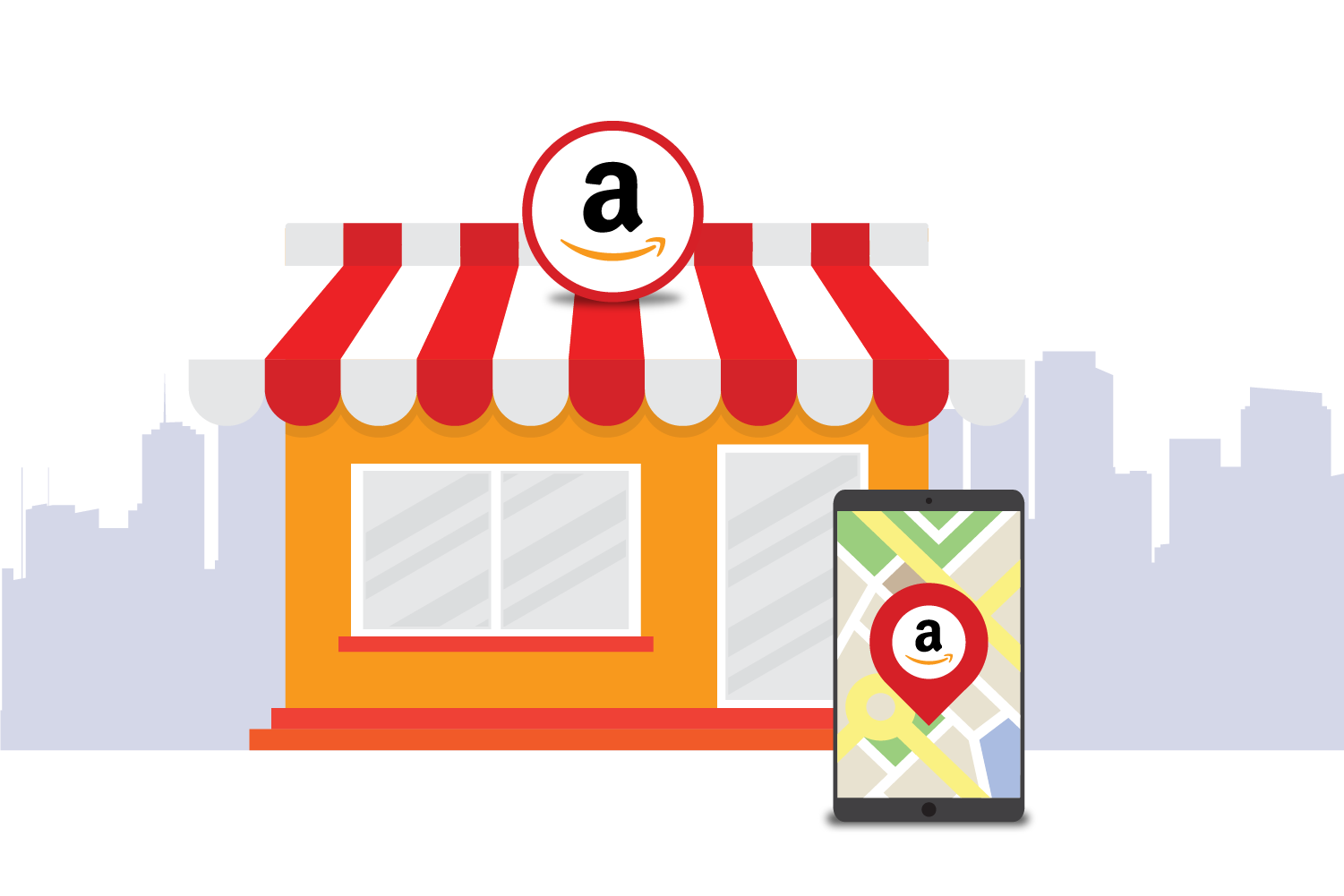Knowing how Instacart product searches work helps retailers to know how to phrase their product content.
For example, the average number of searches per basket a user on Instacart makes before checkout is 20. Instacart was built to help save the customer’s time, which means the goal is for the customer to get the most out of all their 20 searches.
However, turning the platform’s 500 million product listings across 20,000 locations into a seamless browsable catalog is tough work.
For example, if the customer inputs tomatoes in the search bar, Instacart needs to determine whether they want dried tomatoes, fresh tomatoes, or canned tomatoes and then rank such suggestions in the most relevant order for the shopper.
To achieve this, Instacart uses technology and years of catalog backlog as well as purchase data.
So using the Instacart search results system, let’s see how it works:
Instacart Determines Customer Intent
The first step the Instacart search system utilizes is identifying the intent of the user. So based on the search queries used, the platform determines if the shopper is using the app simply to browse their options for inspiration or if they are searching because they intend to buy a particular item that’s on their mind.
If a customer types “tomatoes” for instance, that can mean anything. We could assume that the shopper is exploring different kinds of tomatoes for their diet but if they input “organic green tomatoes” their intent is a lot clearer.
Instacart Determines Product Modifiers
For every search query, Instacart gives a core product and in our example it is tomatoes.
So in this next level of search on the platform Instacart searches to see if the shopper has included product modifiers as these usually review a stronger intent.
In our example, “fresh” and “organic” can be product modifiers. There are also other strong item modifiers like particular departments or brands that help Instacart organize its results.
Instacart Matches the Search to the Catalog
As a retailer when you put your inventory data it is expected that you organize it by the department but if you don’t Instacart includes it in the preset list of standard departments.
So after using their product modifiers to determine what the appropriate customer’s intent is by using technology for its product match-maker Instacart sieves through their catalog database to show the shopper the most relevant products.
Instacart Ranks the Results
The last step in ensuring that customers are shown the most relevant product is based on Instacart determining what items shoppers like to purchase and then it places such products above the others.
That said, when ranking product results in their app, Instacart uses a combination of historical purchase data, which means what items are included in customers baskets often and keyword relevancw to create an ideal ranking.
It’s important to state as well that the Instacart system learns as more and more products and more and more baskets are included. Using machine learning the system gets a fine-grained understanding of what items are available anf how much relevance thy have to a shopper for each query.
So, for example, when a customer searches for shrimp and Florida oranges, Instacart will use the above process to determine intent query, the catalog, and rank relevance to filter out “shrimp facemask” and “orange-scented dish soap”.


